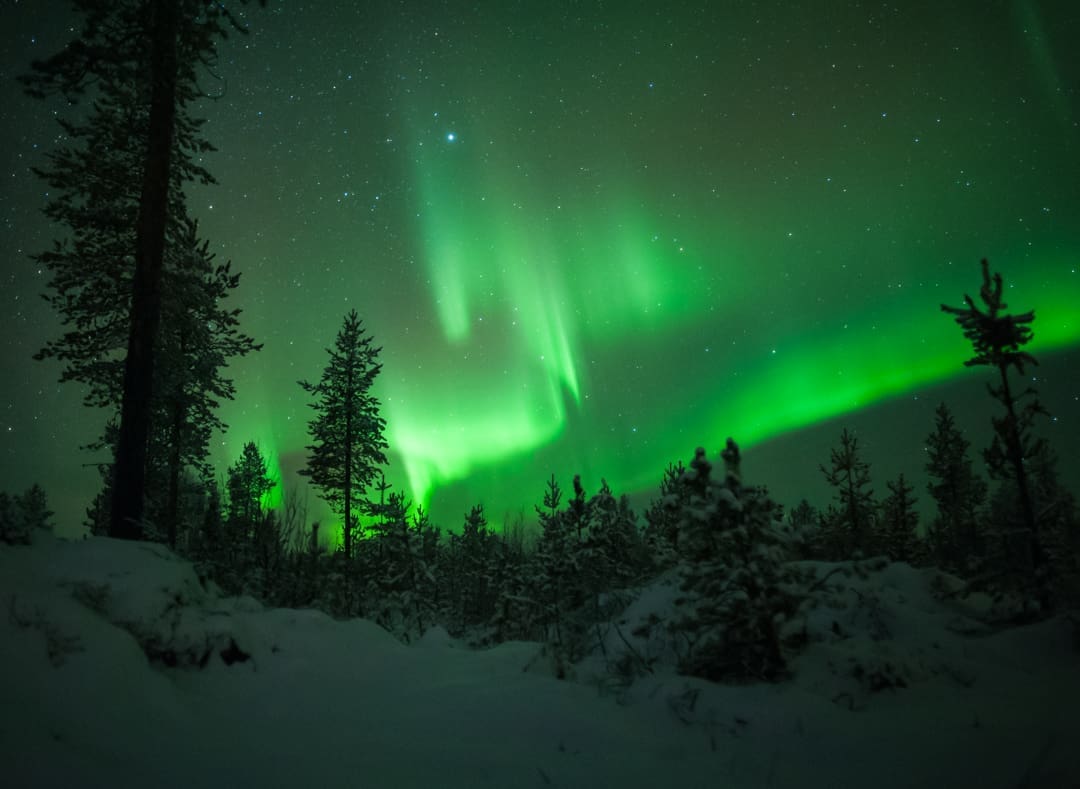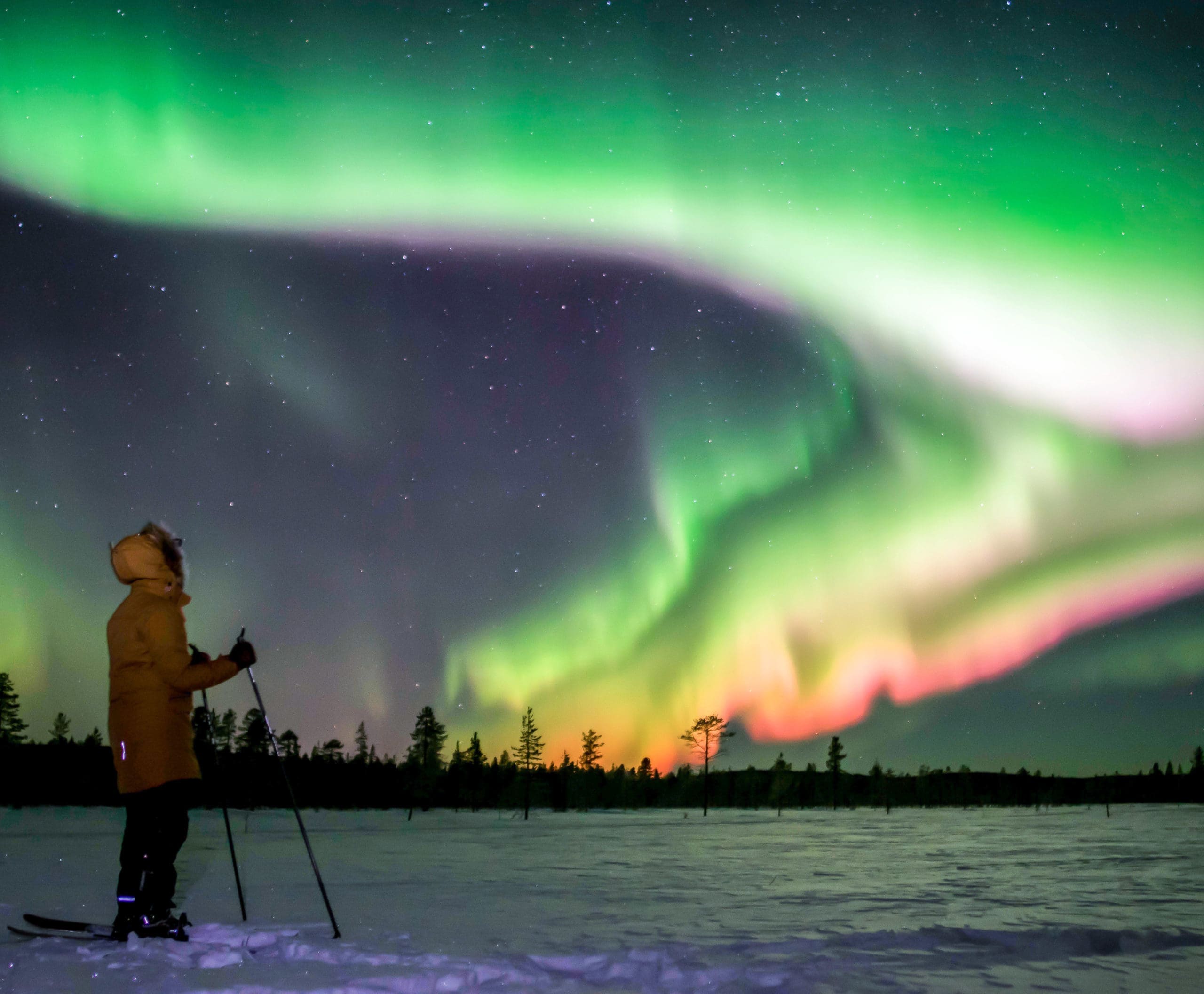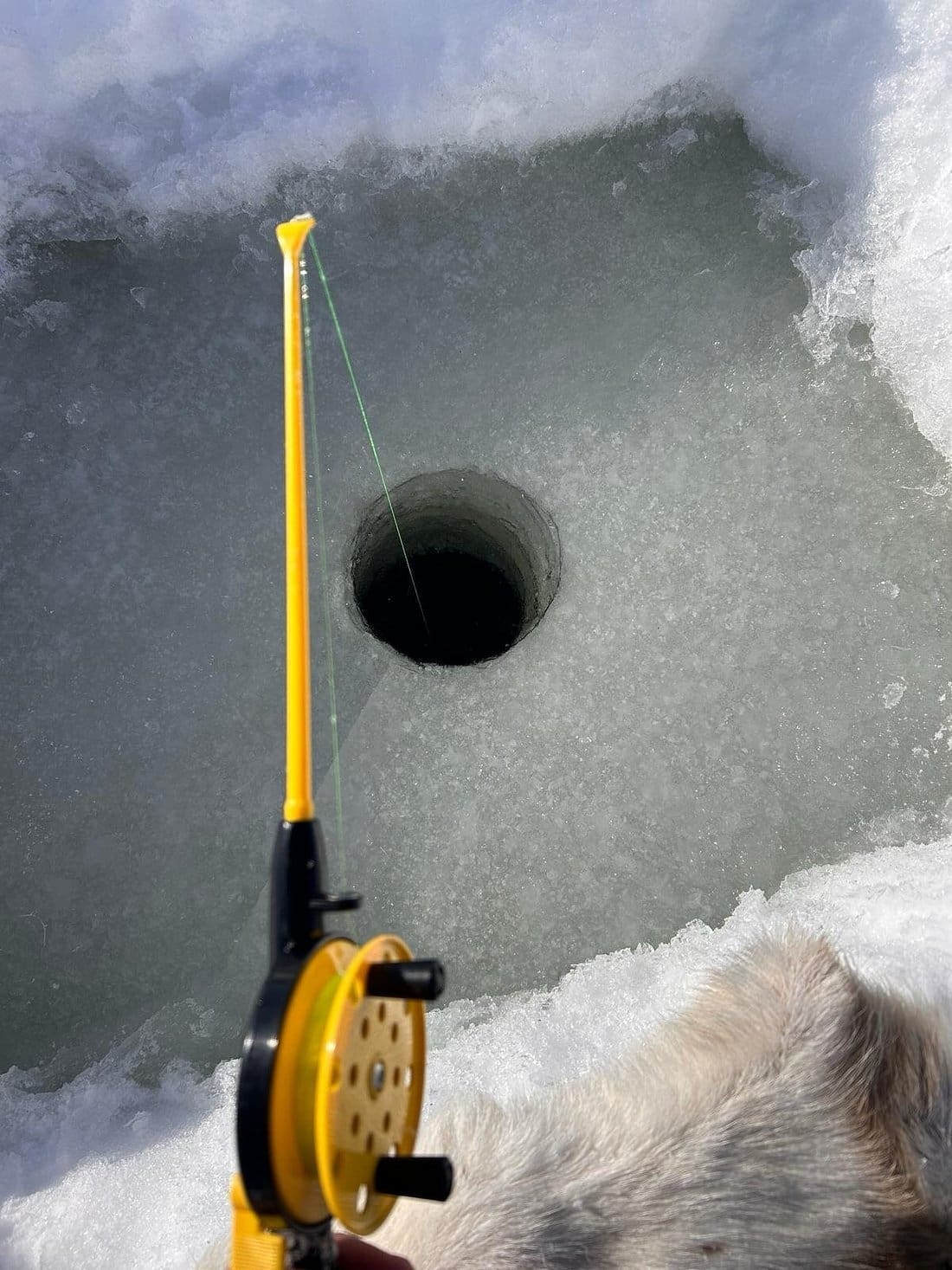Understanding the Auroral Oval The Northern Lights, or aurora borealis, are a natural light display predominantly seen in high-latitude regions around the Arctic. The phenomenon occurs when charged particles from the sun interact with the Earth's magnetic field, creating dazzling displays of light in the sky. The best places to witness this spectacle are within […]
To get access to this article register as an Insider for free!




